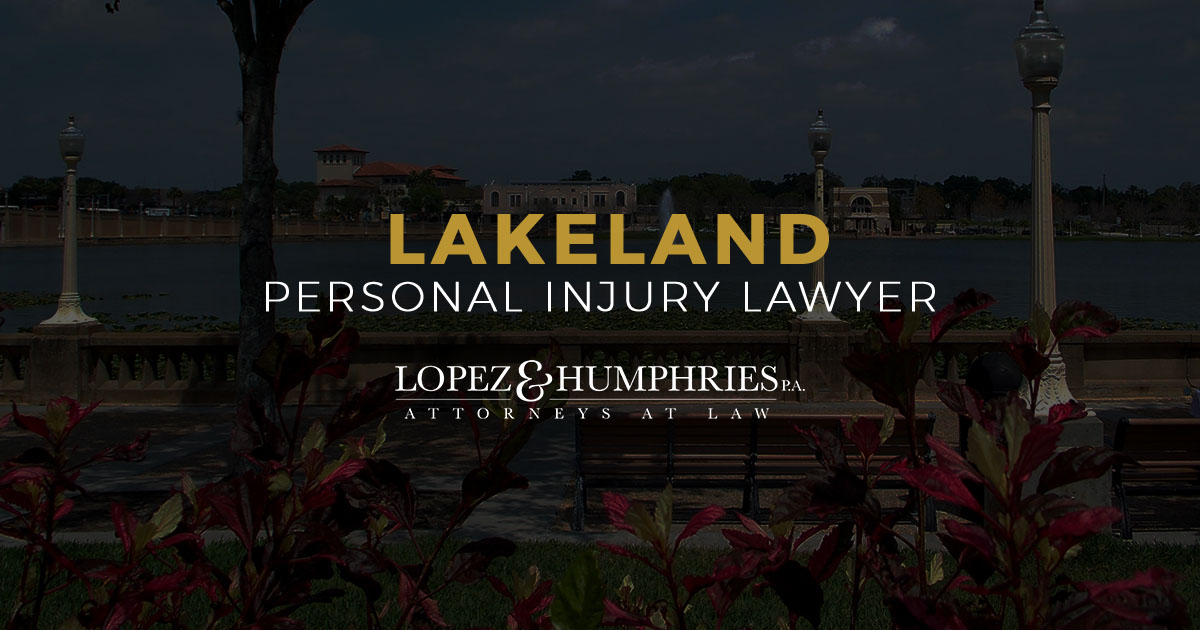What Does Fault Mean in the Legal Space?
In the legal realm, the concept of “fault” plays a pivotal role in determining responsibility for damages, injuries, or breaches of law. The term “fault” refers to the degree of responsibility attributed to a person or party for causing harm or violating a legal duty. Understanding how fault is assigned is crucial in various legal cases, especially in personal injury lawsuits, negligence claims, and liability disputes. According to the Munley Law Glossary, fault is a foundational element in legal cases that deal with liability, and it often dictates the outcome of settlements, compensation, and legal judgments.
Types of Fault in the Legal Context
Fault can be classified into different categories based on the specific circumstances of a case and the type of wrongdoing committed. In most legal systems, determining fault is essential in proving that a party acted negligently or intentionally caused harm. The main types of fault include:
Negligence: This is one of the most common forms of fault in the legal space. Negligence occurs when a person or entity fails to exercise reasonable care, resulting in harm to another person. For example, if a driver runs a red light and causes an accident, they may be considered negligent and at fault for the damages caused. In negligence cases, it must be proven that the responsible party had a duty to exercise care, breached that duty, and directly caused harm or injury as a result.
Intentional Fault: Intentional fault arises when a person knowingly and deliberately causes harm to another. This type of fault can occur in cases involving assault, battery, or other forms of intentional wrongdoing. Unlike negligence, where carelessness is the issue, intentional fault requires evidence that the defendant acted with a specific intent to cause harm or damage.
Strict Liability: In some legal cases, fault is assigned even if there was no intention to cause harm or negligence involved. This is known as strict liability. Strict liability often applies in cases involving product liability or dangerous Activities, where someone can be held responsible for harm even if they followed all precautions. For instance, a company may be held strictly liable if one of its products causes injury, regardless of whether they acted negligently.
Comparative Fault: In cases where both parties involved share responsibility for an accident or injury, a concept called comparative fault may be used. This means that fault is divided between the parties based on their level of responsibility. Comparative fault allows courts to assign a percentage of fault to each party. In some states, if a person is found to be more than 50% at fault for an accident, they may not be eligible to recover damages from the other party.
Contributory Fault: Similar to comparative fault, contributory fault holds that if a person contributed in any way to their own injury or damages, they may be barred from recovering compensation. Only a few states in the U.S. follow this strict contributory fault rule. For example, if someone slipped and fell in a store but was found to be partially at fault for not paying attention, they may not be able to recover any damages.
Proving Fault in Legal Cases
To establish fault in a legal case, the plaintiff (the person bringing the lawsuit) must provide evidence that demonstrates the defendant (the person or entity being sued) was responsible for the harm or damages. The legal process of proving fault typically involves several key elements:
Duty of Care: The plaintiff must prove that the defendant owed them a duty of care. This means that the defendant had a legal obligation to act in a reasonable manner to prevent harm. For example, a doctor owes a duty of care to their patients, and a driver owes a duty of care to other road users.
Breach of Duty: Once a duty of care is established, the plaintiff must demonstrate that the defendant breached that duty. In negligence cases, this breach can occur when someone fails to act as a reasonably prudent person would in a similar situation.
Causation: Proving fault also requires showing that the defendant’s breach of duty directly caused the plaintiff’s harm or injury. The plaintiff must establish that, but for the defendant’s actions or inactions, the injury or damage would not have occurred.
Damages: Finally, the plaintiff must prove that they suffered actual damages, whether physical, emotional, or financial, as a result of the defendant’s actions. Without proof of damages, a fault claim may not be successful.

